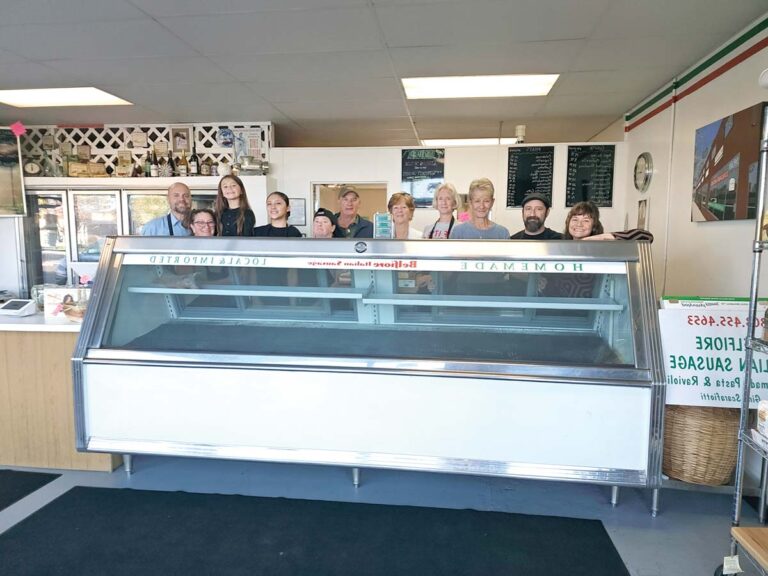In March 2020, the Federal Reserve Bank eliminated the requirement for banks to keep reserves. This was one of many economic stimulus measures, most of them temporary. Yet, last year the Fed clarified this was a permanent change.
When talking about bank reserves, it’s important to ask why they’re required. Banks having no money on hand sounds concerning. What if you want to withdraw cash the same day as everyone else? Historically, that’s why banks were required to have reserves.
However, that viewpoint was abandoned by the 1930s (and it wasn’t until the 1950s that vault cash even counted as reserves). Despite high requirements, banks frequently struggled with solvency. Customers trying to withdraw from an account risked their bank not having enough funds to meet needs. It turns out that a dollar filling a reserve requirement couldn’t also meet the demand of a customer for that dollar.
What actually solved the problem with bank reliability was the creation of the Fed in 1913 – to loan money to banks in times of increased currency demand – and the FDIC insuring deposits. The UK, Canada and Sweden, among others, haven’t had these requirements for decades.
The true purpose of a required reserve ratio is to regulate how banks use deposits to create more money. The concept is called fractional reserve banking. Instead of keeping all your money in a vault like Scrooge McDuck, banks loan a portion of it. These loans end up being deposited in bank accounts again. Thus, while banks keep some money (the “fraction” in fractional reserve), most is loaned out. With a 10 percent reserve ratio, for example, $100 in deposits becomes $1,000. With a 5 percent ratio, it becomes $2,000.
This theory is why changing reserve ratios was a part of monetary policy. Raising or lowering the money supply is a tool to expand or contract the economy. Now that fighting inflation is the Fed’s chief priority, re-introducing a requirement for banks to hold reserves should be in the cards. Why isn’t it?
The answer is not as simple. Theoretically, no reserve ratio allows banks to create endless amounts of money. However, this is not necessarily a recent phenomenon. Economist Richard Werner investigated banks and found that fractional reserve banking is not impactful in the real world. In practice, banks create loans independent of deposits. While the zero reserve ratio allows banks to create as much money as they want, this was already the case prior to 2020.
The shift away from bank reserves is also demonstrative of a broader trend. In the toolbox of monetary policy options, the Fed picked interest rates as their hammer. As a consequence, they now see every problem as a nail.
Economic models rely on many assumptions. One is that supply adjusts to meet demand. That intersection determines price. However, a key cause of increasing prices is the ongoing goods shortage. The prevalence of supply chain problems ensures meeting demand is impossible. This drives up prices in a way that monetary policy – be it interest rates or reserve ratios – can’t stop.
Bank reserves have not been a prominent part of the post-COVID-19 economic recovery narrative. Likely, that’s for good reason. However, they serve as a valuable reminder. In 2020, economic stimulus didn’t come from one tool. That interest rate change came with other fiscal and monetary changes. Why aren’t we using other options now?
One potential fiscal policy option is imposing windfall taxes on profits. These punish companies for driving up prices without a corresponding increase in expenses. While companies experiencing supply constraints can raise prices as costs increase, corporations can’t exploit consumer expectations of rising prices to increase profits. Another is increasing wages, especially the minimum wage. Inflation is only a bad thing when costs increase faster than income. Make no mistake, your representatives have countless options to mitigate the impact inflation is having on everyone’s lives.
Jerome Powell and the Fed focus on monetary policy. That is their job, after all. However, we should be careful about trusting that to be enough. Banks may be “too big to fail.” But if the Fed is wrong about a “soft landing,” the average citizen is more likely to go bankrupt than get a bailout. And you can bank on that!
This column was originally published in the June 2022 edition of the Neighborhood Gazette.






